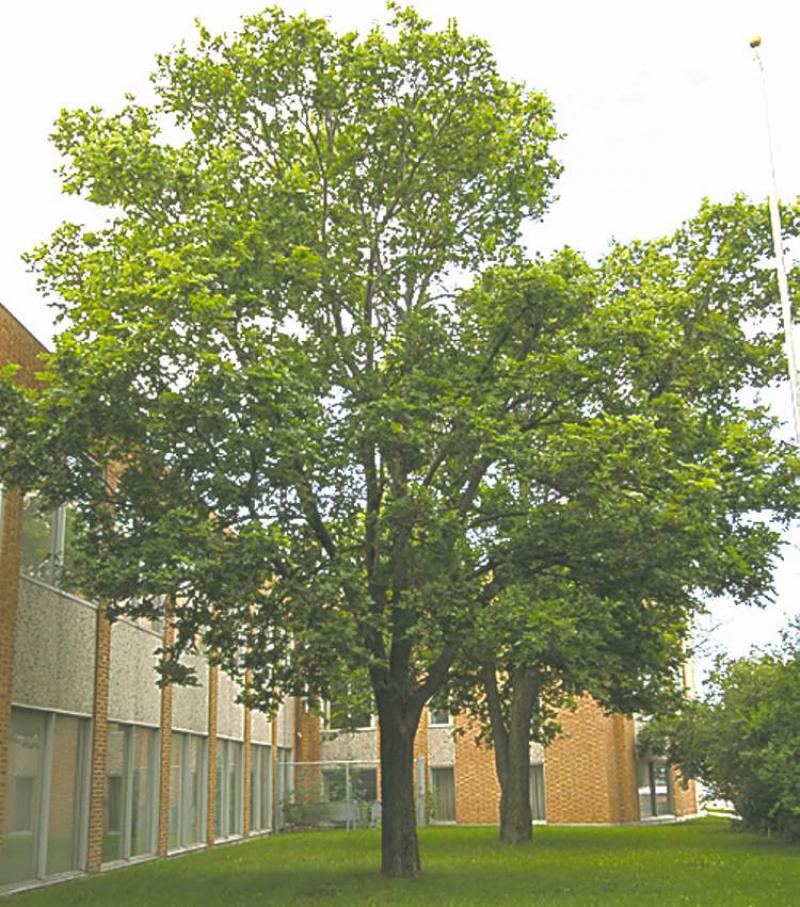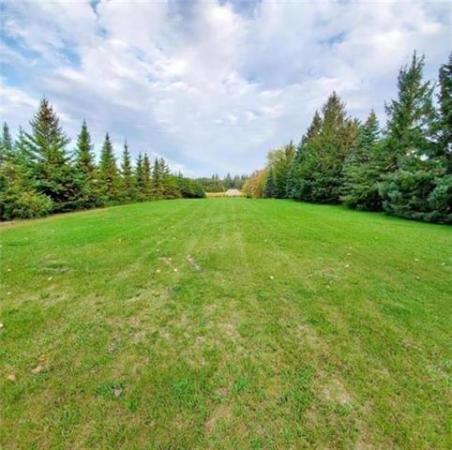
This spring and summer have been unusual seasons for trees compared with recent years. In my last article I discussed aphid problems in ash trees. That issue is still up there on readers' minds.
QUESTION: The leaves on my apple tree (or Amur maple or European snow ball cranberry or linden) are curling at the edges. Sometimes they curl down on one type of tree or shrub, and sometimes they curl up on another kind. What causes this?
ANSWER: In most instances, the curling at the edge of leaves creates a cupping effect. The culprit is a very tiny mite that is invisible to normal vision. Their sizes vary but can range up to 300 microns or about three-tenths of a millimetre (0.3 mm). Mites suck the sap called protoplasm from living cells, causing the cells to shrink. When this happens at the edge of the leaf, the cells at the edge do not grow as fast as the ones in the middle of the leaf. This causes a cupping of the leaf. Aphids do this, too. The best control is to spray dormant oil over the entire plant or tree in April before the leaves emerge from the buds.
QUESTION: You talk about tree diseases quite a bit in your column. Are there any trees that grow in Manitoba that do not get diseases?
ANSWER: Delta hackberry, which is native to Manitoba, is one of the few trees of which I am aware that does not get a fungal, bacterial or viral disease in Manitoba. This tree is certainly prone to diseases farther south and east in the United States. It is a wonderful shade tree having a vase-like crown somewhat similar to the American elm to which it is closely related.
It grows in our clay soil to a height that rarely reaches 13 metres (40 feet). It has a light grey bark with prominently hard, wart-like ridges. It produces an orange berry that turns dark blue as it matures but never in large numbers. The berries are a favourite among berry-eating birds. The tree should be planted more often for its beautiful shape and shade.
QUESTION: Are we going to lose our Colorado spruce trees to the diseases you have written about in previous columns?
ANSWER: I wish I had a crystal ball. Large branches of many mature spruces are dying in one year leaving large dead areas in spruce trees. The visibility of these bare patches makes them very unattractive so many people naturally have them removed. It takes a bit of effort to restore a spruce to a level of health that property owners would find satisfactory. If the tree is salvageable, I will develop a treatment schedule over a course of four or more years that deals with all the significant issues weakening the spruce.
There is no simple rescue procedure, or as so many people ask me: "What can I spray on the tree to save it?" This year I have told many owners of Colorado spruces that it would be better to have the tree removed than incur the cost to try to restore a tree that has a marginal survival chances at best. Just as the Schubert chokecherry has dwindled as an urban landscape tree, the Colorado spruce will likely go the same way within the next 15 to 25 years. That's strictly my opinion.
Michael Allen M.Sc.F., RPF is a consulting urban forester and certified arborist. He owns Viburnum Tree Experts, a Manitoba company that provides objective assessments of the condition and the care required for trees and shrubs on home and business landscapes. He can be reached at 204-831-6503 or viburnumtrees@shaw.ca His website is www.treeexperts.mb.ca




